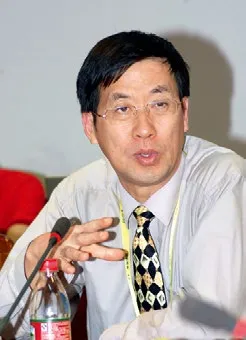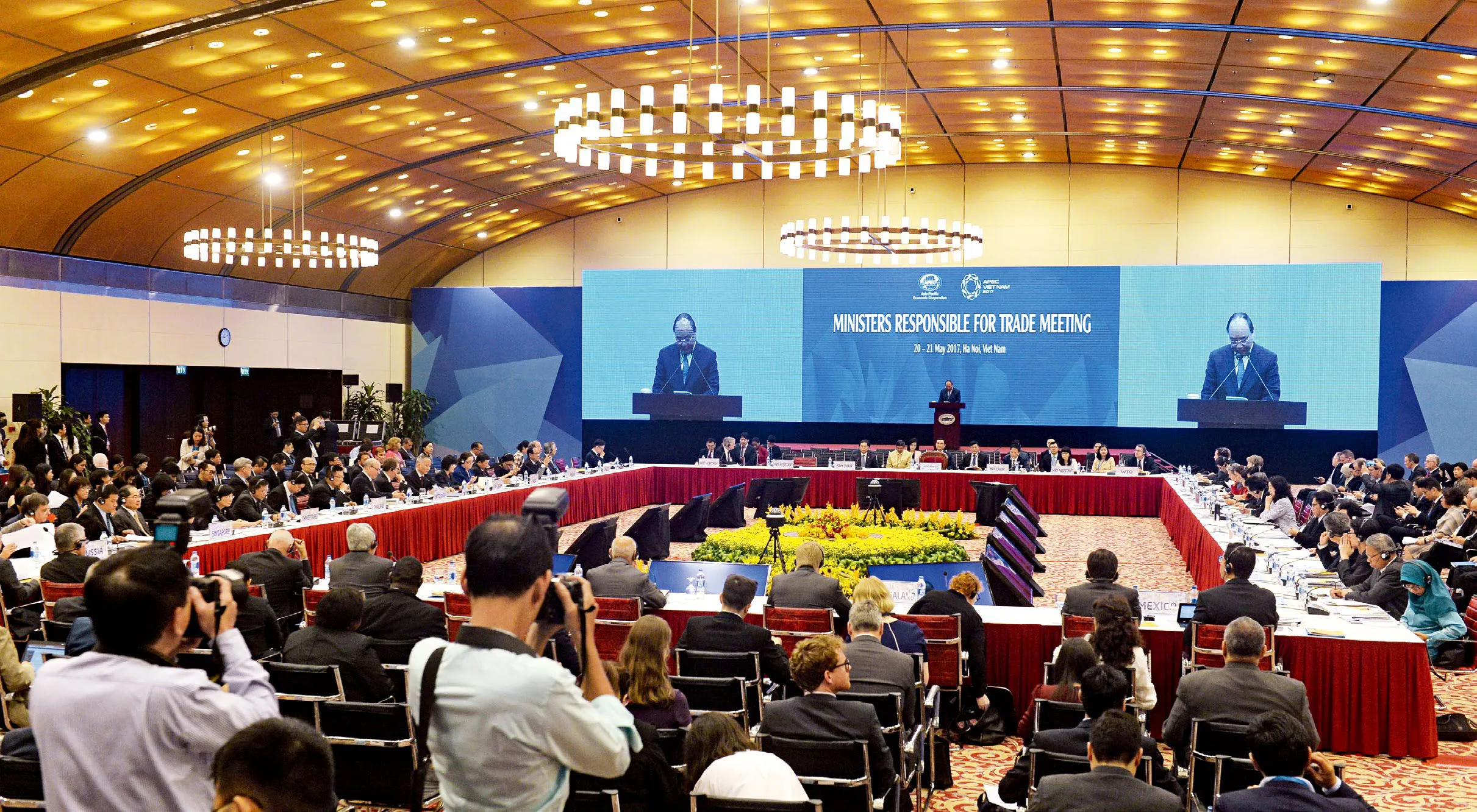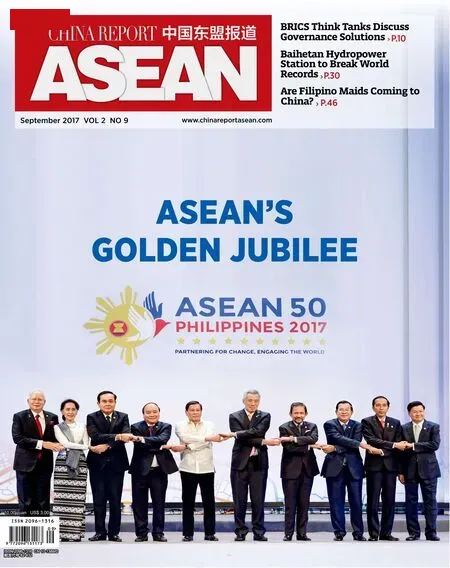APEC Vietnam 2017’s Four Hot Topics
By Wang Qin
APEC Vietnam 2017’s Four Hot Topics
By Wang Qin
A summary of the results of the preparatory meetings

About the author: Wang Qin is a professor and director at the Center for Southeast Asian Studies, Xiamen University.
The 25th APEC Economic Leaders’Meeting is set to be held in November 2017 in Vietnam, an ASEAN member state. Vietnam last hosted the leaders’ meeting in 2006, and the theme of the November meeting will be “Creating New Dynamism, Fostering a Shared Future”. It will focus on the following four topics:
I. APEC economies must rely on innovation to drive economic growth.
APEC Vietnam 2017 is taking place at a time of sluggish world economic recovery and growth. The APEC Policy Support Unit (PSU) forecasts that the growth rate in Asia-Pacific in 2017 will be 3.8 percent, higher than the global average of 3.5 percent. APEC will continue to be an engine of world economic growth. The Asia Pacific region, home to APEC member economies, will continue to be a hotspot of economic development, trade, investment and technological innovation. Therefore, APEC member economies must rely on innovation to drive economic growth.
Vietnam’s Minister of Industry and Trade Tran Tuan Anh said in a recent meeting that against the backdrop of profound changes in world economic structure, the modern-day “Industrial Revolution 4.0” has brought about a number of substantive changes which are different from the previous three industrial revolutions. APEC economies are increasingly reliant on competitiveness and innovation to drive their growth. Competitiveness and innovation involve not only technical factors but also non-technical factors. Such factors are closely connected with areas of inclusiveness and complexity such as foreign direct investment (FDI), financial markets, education systems, research and development, legal systems, intellectual property rights, taxation and others.
II. APEC will work for the completion of the Bogor Goals on trade liberalization and investment in 2020.
During a meeting in 1994 in Bogor, Indonesia, APEC leaders adopted the Bogor Goals that aim for free and open trade and investment in the Asia Pacific region by 2010 for industrialized economies and by 2020 for developing economies. Over the last 20 years, progress has been made in the region’s free and open trade and investment. According to an APEC PSU report, from 1994 to 2014, the volume of trade in the Asia Pacific region grew at an average annual rate of 7.8 percent to US$18.4 trillion, and the service trade grew at an average annual rate of 7.6 percent. By the end of 2015, APEC member economies acceded to 152 free trade agreements and regional trade agreements.
The Bogor Goals are scheduled to be achieved in three years. The APEC 2017 Second Senior Officials Meeting (SOM2) reviewed the progress of implementing the Bogor Goals and discussed recent developments of FTAs/RTAs in the region and theimplementation of Lima Declaration on the Free Trade Area of the Asia-Pacific (FTAAP). The senior officials also reached consensus on promoting services and investment liberalization and removing non-tariff barriers. At the 23rd APEC Ministers Responsible for Trade Meeting (MRT 23), the delegates agreed to continue working for the completion of the Bogor Goals on trade liberalization and investment in 2020.
III. APEC will continue to promote regional economic and technological cooperation.
In February 2017, the APEC Senior Officials Steering Committee on Economic and Technical Cooperation (SCE) meeting was held in Vietnam. During the meeting, Vietnam proposed four thematic priorities.
First, sustainable, innovative and inclusive growth. Structural reform and innovation play an important role in promoting growth and improving productivity, the essence of which is to build a developing community that is people-oriented and enterpriseoriented with sustainability and inclusiveness.
Second, economic integration and regional connectivity. It is an important and urgent task for APEC to promote free trade and investment in the Asia Pacific region. Meanwhile, it’s time for APEC to put forward an APEC Post-2020 Vision. Third, active development of micro, small and medium enterprises (MSMEs). At present, MSMEs account for 97 percent of all member country enterprises. They are playing a crucial role in promoting regional growth. Fourth, food security and sustainable development of agriculture. The application and transfer of technology play an important role in improving agricultural productivity and coping with climate change. APEC economies should coordinate on the sustainable management of energy resources, including water resources. These priorities will be a guideline for APEC events in 2017. They are also in line with SCE’s Midterm Development Planning 2015-2019, particularly in human resources development, innovation of MSMEs, assistance for innovation, inclusive growth, regional economic integration and structural reform.

Vietnam’s Prime Minister Nguyen Xuan Phuc delivers a speech during the APEC Ministers Responsible for Trade Meeting in Hanoi, Vietnam on May 20, 2017.
IV. APEC must be committed to interconnectivity in the Asia Pacific region.
An informal dialogue on “Shaping an Integrated and Inclusive Asia-Pacific” took place in May 2017. The event saw the attendance of ministers and representatives of APEC member economies and other regional cooperation mechanisms, including ASEAN, the Regional Comprehensive Economic Partnership (RCEP), the Trans-Pacific Partnership (TPP), the Pacific Alliance (PA), the Euroasia Economic Union (EAEU) and the Pacific Economic Cooperation Council (PECC).
The attendees exchanged information and reviewed regional connectivity. They agreed that regional economies are pursuing the common objective of an interconnected FTAAP and economic connection means growth and prosperity. They agreed that it is essential to boost regional connectivity in order to ensure that every person and enterprise can contribute to and benefit from the international economic connection process. Economic connectivity has become a driving force for sustainable, innovative and inclusive growth in the context of global economic recovery. However, economic risks remain, they noted. They agreed that the formation of more multi-level integrated and cooperative mechanisms at present is a vivid manifestation of the region’s dynamism. However, it also requests more effective and synchronous cooperation between regional connection mechanisms to bring more practical benefits to individuals and enterprises.

